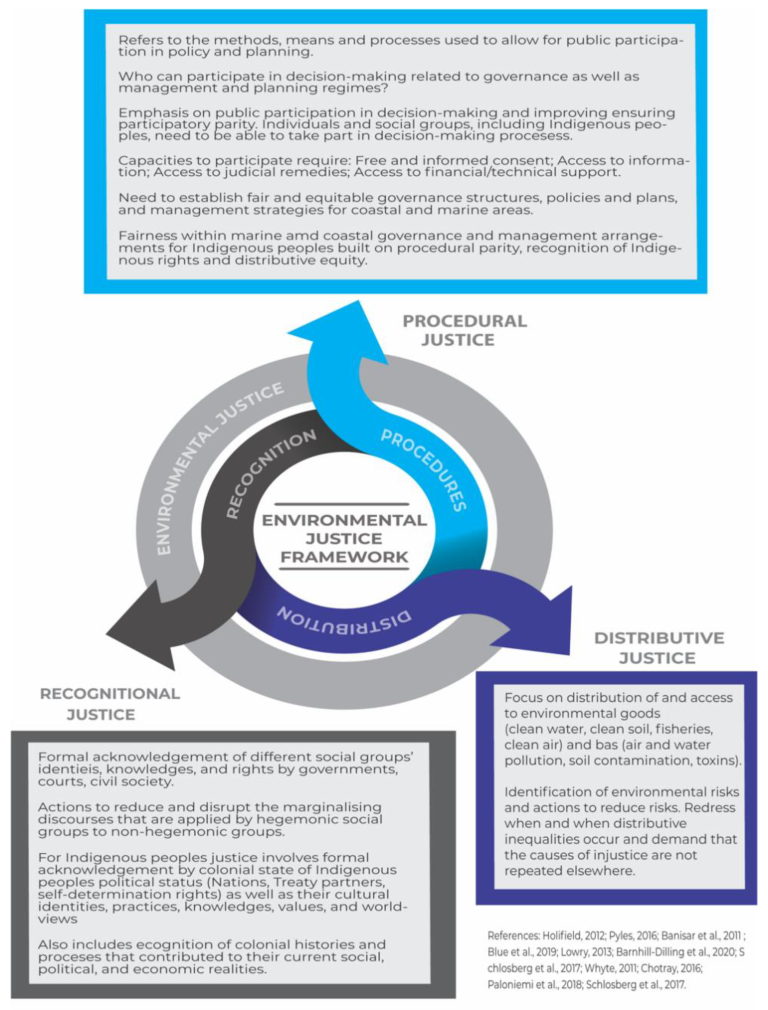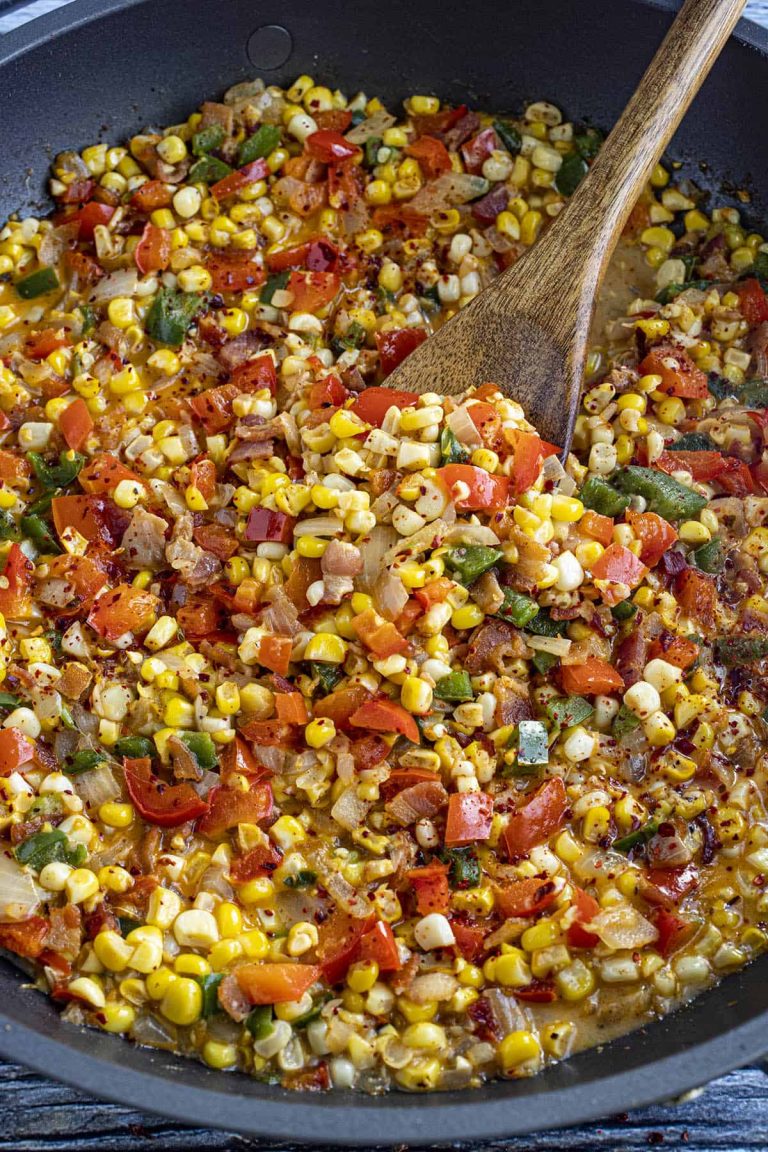Arepas: Perfect Your Cooking with These Expert Tips and Techniques
Arepas date back to pre-Columbian times, making them one of the oldest known cooked dishes in the Americas. Indigenous tribes in Venezuela and Colombia, such as the Timoto-Cuica people, prepared these cornmeal cakes. They used a primitive form of masa made from ground corn and water.
The word “arepa” is thought to come from the indigenous term “erepa,” which means corn. Corn held significant cultural and culinary importance for these tribes, serving as a staple in their diet. Spanish colonization in the 16th century brought new ingredients and cooking methods, but the core essence of arepas remained unchanged.
Every region in Venezuela and Colombia has its own take on arepas, differing in size, thickness, and fillings. For instance, the Venezuelan “arepa de queso” includes cheese inside the dough. Meanwhile, the Colombian “arepa de huevo” features an egg fried within the cornmeal. These regional variations underscore the arepa’s adaptability and cultural significance.
During the 20th century, arepas underwent a transformation with the advent of pre-cooked cornmeal, known as masarepa (e.g., the popular P.A.N. brand). This innovation simplified the preparation process, allowing more households to enjoy homemade arepas without extensive time or effort.
Arepas have transcended their humble origins, now appearing in trendy restaurants across the globe. However, the essence of crafting them at home connects you to centuries of tradition and cultural heritage. Understanding arepas means appreciating their historical context within indigenous cultures and recognizing their lasting impact on Venezuelan and Colombian cuisines.
Essential Ingredients for Homemade Arepas
The Role of Cornmeal
Cornmeal is the primary ingredient in arepas. Use pre-cooked cornmeal, often referred to as masarepa, for the best results. The texture and consistency of masarepa are crucial for forming and cooking arepas. Ensure to buy white or yellow masarepa depending on your preference or regional variations. Harina P.A.N. is a popular brand widely recommended for its consistent quality.
Additional Flavor Enhancers
While the basic arepa consists of cornmeal, water, and salt, you can elevate the flavor with additional ingredients. Use butter for a rich taste and improved texture. Add cheese, either grated or in chunks, for a creamy, savory touch. Mix in herbs like cilantro or add spices such as cumin for a unique twist. If you prefer sweeter arepas, incorporate sugar or honey into the dough.
Step-by-Step Guide to Making Arepas
Mixing the Dough
Combine ingredients to create the perfect arepa dough. Start by pouring 2 cups of masarepa into a large bowl. Gradually add 2.5 cups of warm water while mixing to prevent lumps. Let the mixture rest for 5 minutes so the masarepa absorbs the water. Add 1 teaspoon of salt and, if desired, 1 tablespoon of softened butter for a richer flavor. Knead the dough for 3 minutes until it’s smooth and pliable.
Shaping and Cooking
Shape and cook your arepas to achieve the right texture. Divide the dough into 8 equal portions and roll each into a ball. Flatten each ball into a disk about 1/2 inch thick. Preheat a skillet over medium heat and lightly grease it with oil. Place the arepas on the skillet and cook for 5-7 minutes on each side until golden brown. For a crispier exterior, finish cooking them in a 350°F oven for 10 minutes. Serve warm with your favorite fillings.
Filling Ideas for Arepas
Traditional Fillings
Traditional fillings for arepas rely on simple, flavorful ingredients that highlight the dish’s cultural roots.
- Cheese: Use soft or hard varieties like queso blanco or mozzarella. Fill the warm arepas immediately after cooking to melt the cheese slightly.
- Shredded Beef (Carne Mechada): Slow-cook beef with tomatoes, onions, and bell peppers. This filling is iconic in Venezuelan cuisine.
- Chicken Salad (Reina Pepiada): Combine shredded chicken, avocado, and mayonnaise. Add cilantro for extra freshness.
- Black Beans (Caraotas Negras): Cook black beans with onions, garlic, and cumin. Pair with crumbly white cheese for added texture.
- Pulled Pork: Slow-cook pork shoulder with spices and barbecue sauce. This savory filling pairs well with the slightly sweet arepas.
Modern Twists
Modern twists on arepa fillings can offer unique, contemporary flavors that appeal to diverse palates.
- Avocado and Egg: Use mashed avocado with a poached or fried egg. Add hot sauce or chili flakes for heat.
- Caprese: Combine fresh mozzarella, tomatoes, and basil with a drizzle of balsamic glaze. This filling adds a Mediterranean flair.
- Smoked Salmon: Pair smoked salmon with cream cheese, capers, and red onion. This combination offers a rich and tangy taste.
- Grilled Vegetables: Fill arepas with a mix of grilled eggplant, zucchini, and bell peppers. Top with a bit of feta cheese for added flavor.
- Buffalo Chicken: Use shredded chicken tossed in buffalo sauce. Add ranch or blue cheese dressing for a creamy contrast.
Both traditional and modern arepa fillings provide numerous variations, allowing you to customize and enjoy this versatile dish.
Tips for Perfect Arepas Every Time
Use the Right Cornmeal
Choose precooked cornmeal, commonly known as masarepa. Mass-produced types often don’t yield authentic flavor and texture.
Maintain Proper Dough Consistency
Ensure the dough is neither too sticky nor too dry. Add water gradually until a soft, moldable consistency forms. If it cracks when shaped, add more water.
Rest the Dough
Let the dough rest for at least 10 minutes. This resting period allows the moisture to distribute evenly, making it easier to shape and cook.
Shape Evenly
Create uniform patties about 1/2 inch thick. Even sizes ensure consistent cooking and avoid raw centers.
Preheat Cooking Surface
Use a hot, non-stick skillet or griddle to cook arepas. A preheated surface creates a desirable crispy exterior.
Cook Thoroughly
Cook arepas for 5-7 minutes on each side. Achieve a golden-brown color for the ideal texture.
Avoid Overcrowding
Leave enough space between arepas on the skillet. Crowding causes uneven cooking.
Consider Baking for Finish
Bake arepas in a 350°F oven for 10 minutes after pan-frying. This additional step ensures they are fully cooked inside.
Customize Sizes for Fillings
Adapt the size of your arepas based on the fillings. Smaller sizes are better for simple fillings (e.g., cheese), while larger ones suit more substantial fillings (e.g., shredded beef).
Keep Warm
Store cooked arepas in a warm oven if serving later. This prevents drying out while maintaining warmth.
These tips ensure that your homemade arepas turn out perfect every time, offering authentic flavor and texture.
Conclusion
Mastering homemade arepas is both an art and a joy. By paying attention to the details—from selecting the right cornmeal to perfecting dough consistency—you’ll create arepas that are both authentic and delicious. Remember to shape them evenly and preheat your cooking surface for the best results. Customizing sizes based on fillings and keeping them warm before serving will enhance their texture and flavor. With these tips, your homemade arepas will consistently impress, bringing a taste of Venezuela and Colombia to your kitchen. Enjoy the process and savor every bite!






